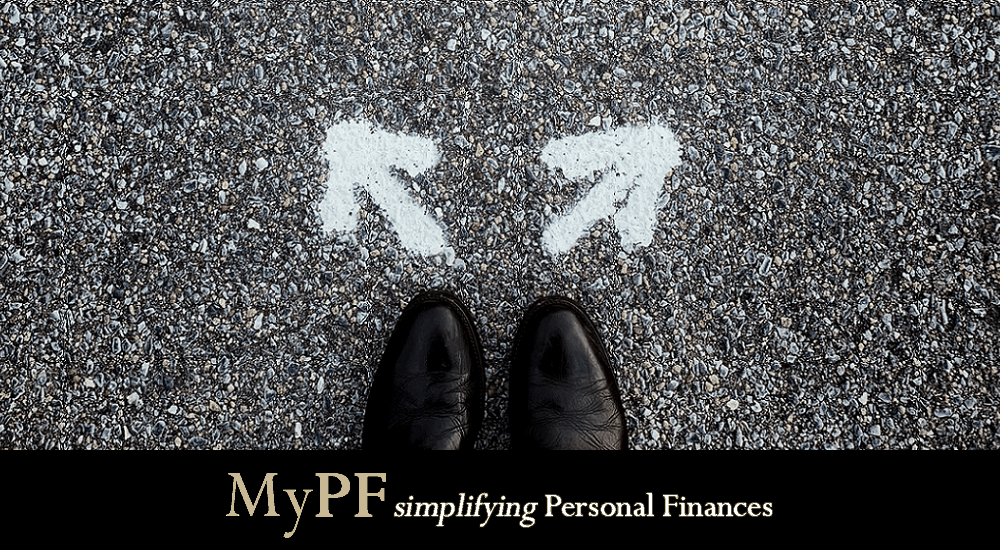How do you tell “trading” and “investing” apart? Might you be doing either, neither, or both? The original version of this article was published on StashAway.my.
The pandemic created the perfect storm for a new wave of retail investors: people suddenly had more time to spare at home, free brokerage accounts bloomed, and markets swung. Many people got their first taste of trading or investing – and others couldn’t help but wonder if they were missing out on the latest crypto or meme stock highs.
That’s when we noticed that the terms “investing” and “trading” started getting used almost interchangeably. But trading isn’t the same as investing. Knowing the difference can help you make informed decisions about your long-term financial plan.
Contents
The mindsets behind trading and investing are different
Both investing and trading involve putting money into an asset to make a profit, such as a stock, bond, ETF, or cryptocurrency. Trading is a form of investing, but what sets it apart from other types of investing is how a trader specifically aims to generate wealth: by actively buying and selling assets.
So if you trade, you’re investing. But if you invest, you’re not necessarily trading. Here’s an example. You could buy and hold a stock for 30 years and profit from its long-term gains. Or you could buy Bitcoin and hope to sell it at a profit over the next few days. Although the buy-and-hold strategy and the buy-low-sell-high tactic both technically describe investing, the former has a long-term mindset, and the latter evokes a short-term mindset.
In general, traders are motivated to beat average market returns. To achieve this goal, they may buy an asset and hold it for a few hours, days, or even years while analysing its rise or fall in value. If a trader makes a significant loss on an investment, they might prefer to sell the investment to hedge against further losses instead of riding out its price fluctuations over the long term.
In comparison, long-term investors generally aren’t motivated to “beat the market” with a handful of winning assets. Instead, their primary goal is to build long-term wealth safely and reliably by capturing the market’s overall returns over time. This mentality leads them to buy and hold investments over years or even decades, reinvesting their gains and staying invested during short-term market volatility. Keeping a highly diversified portfolio also helps investors manage risk by reducing volatility from any single asset.
Trading and investing carry different levels of risk
All investing entails a certain degree of risk. So consider how much risk you should take when deciding how to invest; this could depend on your life circumstances, your financial goals’ timelines, and your risk appetite.
In general, investing regularly into a diversified portfolio over the long term is less risky than if you were to bet your savings on just a few highly volatile stocks to make a short-term gain. If an unexpected event were to cause those few stocks to crash, you could lose a significant portion of your savings.
That’s why you shouldn’t rely solely on trading to build your net worth. Before trading, make sure you’re already putting aside enough money towards your short-term needs, emergency fund, and retirement. But, if you’re on track with your needs and have extra cash, then you can consider allocating a portion of your wealth to some trades you think are really worth it.
Whether you’re investing or trading, make sure you understand the risk you’re getting yourself and your money into. Most simply, risk is how much of your capital you could possibly lose. Risk can be calculated by Value-at-Risk (VaR), which tells you how much you could lose within a year with what percentage of confidence. It’s easier to calculate this with long-term, diversified portfolios.
With trading, it’s harder to calculate how much you could lose, so the safest way to do that is to assume that you could lose all of your trading inputs (even though you aim to break even or make a profit).
Trading and investing require different amounts of effort
Compared to long-term investing, trading requires much more effort for it to be effective. You’d need to analyse each asset before trading, through research and maybe some guesswork. Despite the additional effort, trading still comes with more risk than other types of investing because it’s harder to accurately predict how a certain asset will perform. That begs the question, is trading still worth its prospective returns?
Consider the fact that even professional traders struggle to achieve this goal: according to the S&P Indices Versus Active Funds, as of December 2020, only 25% of active fund managers in the US managed to beat the S&P 500 Index in the last 5 years. That means that for most amateur investors, investing regularly into a diversified index is more likely to yield consistent, long-term returns.
If you were to trade frequently, you’d also need to understand whether the trading fees and tax implications would make financial sense, how much capital you could afford to lose, and how much marginal gain you’d be willing to trade on (should you sell when you make 0.1% or 10% on an asset?).
Before trading, make sure you consider how much effort it requires and whether it makes sense for you. For many people with day jobs and who aren’t professional traders, trading isn’t a sustainable way to build long-term wealth.
Trading and investing aren’t mutually exclusive
There can absolutely be room for both trading and long-term investing in a financial plan, as long as you know the different roles they play in your plan: investing is most suitable for long-term wealth creation, and trading is an activity that may or may not reap profits in the near or long term.
If you have extra money that allows you to trade after saving and investing, and trading interests you, do it! It can be a great way to stay informed on business and macro trends. Just don’t bet your retirement on it.
StashAway x MyPF exclusive signup privileges!
- StashAway Malaysia promo code 0% fees for RM100k invested for 6 months: signup link
- StashAway Singapore promo code 50% fees for SGD50k invested for 6 months: signup link








Leave A Comment